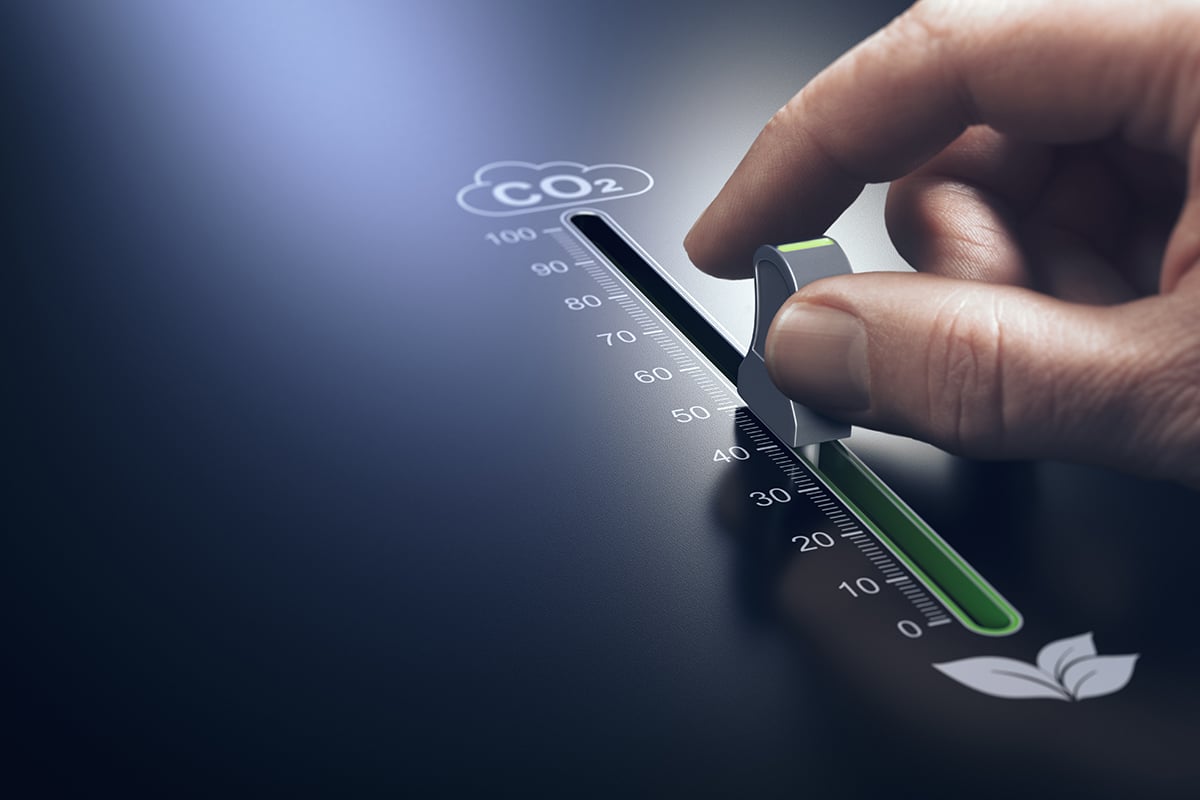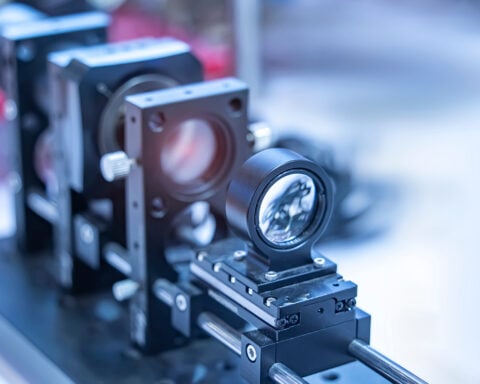A new milestone in carbon capture technology has been achieved, bringing hope for more effective CO2 removal directly from the atmosphere. With the growing urgency of the climate crisis, innovative methods to capture carbon dioxide (CO2) are essential. Existing technologies often struggle with low efficiency, working best with high concentrations of CO2 from sources like industrial emissions. However, the latest advancement introduces a material that significantly enhances the process, pushing the boundaries of carbon capture.
The breakthrough centers around a novel substance called Covalent Organic Framework-999 (COF-999). This porous material captures CO2 using adsorption, a process in which gas molecules cling to its surface instead of being absorbed. Unlike conventional techniques, this material works efficiently in various environments, including open-air settings, making it suitable for direct air capture and industrial use.
COF-999 was tested by filtering outdoor air in a controlled experiment, delivering remarkable results by removing all CO2 from the air that flowed through it. This promising performance represents a leap forward for direct air capture, suggesting that COF-999 could outperform existing solutions in efficiency and practicality.
The team behind this innovation estimates that just 200 grams (7 ounces) of COF-999 can absorb 20 kilograms (44 pounds) of CO2 per year. This impressive ratio points to the material’s potential for large-scale deployment. Furthermore, it has been engineered to fit seamlessly into existing carbon capture systems, streamlining its adoption and enhancing the impact of current efforts.
The secret to COF-999’s success lies in its internal structure. The material’s porous framework contains amine groups, which react with CO2 upon contact. This chemical interaction enables the material to capture and release CO2 multiple times, maintaining efficiency across numerous cycles without deterioration.
A standout feature of COF-999 is its durability. It has successfully withstood more than 100 cycles of CO2 capture without any loss in performance, proving its reliability for continuous use. Additionally, the material operates with lower energy requirements compared to traditional carbon capture technologies, making it a cost-efficient and environmentally sustainable option.
This innovation arrives at a critical moment in the fight against climate change. While most current methods focus on preventing new emissions, the CO2 concentration in the atmosphere has already surpassed 420 parts per million (ppm). Direct air capture technologies like COF-999 will be essential in bringing those levels back to safer concentrations, estimated to be between 300 and 400 ppm.
The ability to integrate COF-999 across various systems—from industrial flue gases to outdoor air purifiers—positions it as a valuable tool in achieving climate goals. As the technology matures, it could complement emission reduction strategies by actively removing CO2 already present in the atmosphere.
Future efforts will involve machine learning to further refine the material’s design and performance, ensuring its optimal use in diverse environments. Despite its potential, experts stress that carbon capture alone will not solve the climate crisis. It remains crucial to reduce emissions and enforce global agreements like the Paris Agreement to mitigate climate change.
With COF-999, the path toward effective, large-scale carbon capture becomes clearer. If fully deployed, this innovative material could play a transformative role in reversing the upward trend of CO2 emissions, offering a practical way forward in the fight against climate change.







